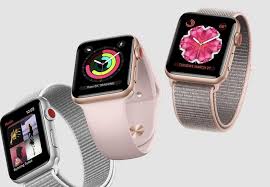The emerging role of AI-based companions in the care of people with dementia, referencing brain-health startups.
Seekers of Meaning Podcast Posted Online March 7, 2025
What's Next Longevity Deal Talk Episode 32, January, 2025
Presentation: What's Next Longevity Venture Summit, June, 2025

 Consider the Apple Watch fall detection age default. Rant on. By now, and for most, no big deal, you may know that the
Consider the Apple Watch fall detection age default. Rant on. By now, and for most, no big deal, you may know that the  The 2018 Boomer Business Summit, now in its 15th year, built this year’s conference as the ‘Blueprint for the Longevity Economy’. That blueprint depends on the enthusiasm and foresight of innovators and leaders of technology companies that focus on the boomer-senior market, increasingly offering
The 2018 Boomer Business Summit, now in its 15th year, built this year’s conference as the ‘Blueprint for the Longevity Economy’. That blueprint depends on the enthusiasm and foresight of innovators and leaders of technology companies that focus on the boomer-senior market, increasingly offering